Description
Students struggle analyzing primary sources! These practice worksheets on the Civil War combine primary source excerpts and images with skills to help students think through the different processes they will need to be successful on state exams. Traditional strategies are often not successful in helping students practice the thinking that is required for primary source analysis on state level exams such as the STAAR.
After a careful analysis of test released questions, I have determined that a majority of primary source test items are dependent on four specific Social Studies skills. I have created graphic organizers to help students think through each of these four specific skills: cause and effect, main idea, inferencing, and drawing a conclusion.
In order to help students practice the Social Studies Skills required of the STAAR, I have created a series of graphic organizers based on the thinking of each skill. In this resource, you will receive:
-An explanation of the thought process behind each skill,
–8 different primary sources on the Civil War Era – each embedded into a graphic organizer that provides practice for your students with identifying the main idea, cause and effect, generating inferences, and drawing conclusions,
–Google Slides, and
-A key for all of the graphic organizers!
⭐Please download the preview to see the resource.⭐
8th US History Social Studies TEKS
(8) History. The student understands individuals, issues, and events of the Civil War. The student is expected to:
(A) explain the roles played by significant individuals during the Civil War, including Jefferson Davis, Ulysses S. Grant, Robert E. Lee, and Abraham Lincoln, and heroes such as congressional Medal of Honor recipients William Carney and Philip Bazaar;
(C) explain significant events of the Civil War, including the firing on Fort Sumter; the battles of Antietam, Gettysburg, and Vicksburg; the Emancipation Proclamation; Lee’s surrender at Appomattox Court House; and the assassination of Abraham Lincoln; and
(D) analyze Abraham Lincoln’s ideas about liberty, equality, union, and government as contained in his first and second inaugural addresses and the Gettysburg Address and contrast them with the ideas contained in Jefferson Davis’s inaugural address.
(10) Geography. The student understands the location and characteristics of places and regions of the United States, past and present. The student is expected to:
(A) locate places and regions directly related to major eras and turning points in the United States during the 17th, 18th, and 19th centuries;
(B) compare places and regions of the United States in terms of physical and human characteristics; and
(12) Economics. The student understands why various sections of the United States developed different patterns of economic activity through 1877. The student is expected to:
(A) identify economic differences among different regions of the United States; (B) explain reasons for the development of the plantation system, the transatlantic slave trade, and the spread of slavery; and
(C) analyze the causes and effects of economic differences among different regions of the United States at selected times.
(22) Citizenship. The student understands the importance of effective leadership in a constitutional republic. The student is expected to:
(A) analyze the leadership qualities of elected and appointed leaders of the United States such as George Washington, John Marshall, and Abraham Lincoln; and
(29) Social studies skills. The student applies critical-thinking skills to organize and use information acquired through established research methodologies from a variety of valid sources, including technology. The student is expected to:
(A) differentiate between, locate, and use valid primary and secondary sources such as media and news services, biographies, interviews, and artifacts to acquire information about the United States;
(B) analyze information by applying absolute and relative chronology through sequencing, categorizing, identifying cause-and-effect relationships, comparing, contrasting, finding the main idea, summarizing, making generalizations and predictions, and drawing inferences and conclusions;
(C) organize and interpret information from outlines, reports, databases, and visuals, including graphs, charts, timelines, and maps;
********************************************************************
© Social Studies Success, LLC. This purchase is for you and your classroom. Duplication for an entire school, an entire school system, or for commercial purposes is strictly forbidden. Please have other teachers purchase their own copy. If you are a school or district interested in purchasing several licenses, please contact me for a district-wide quote.
Please review all product descriptions and previews. If you have a question, contact me before you purchase at SocialStudiesSuccess1@gmail.com. As this is a digital product, all sales are final.
❤️ Dawn





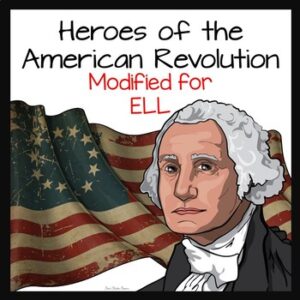
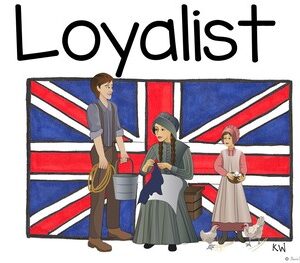
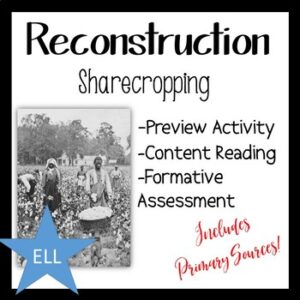
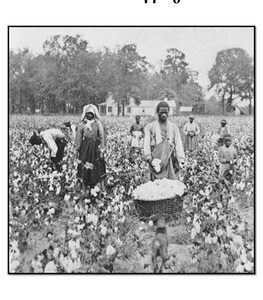

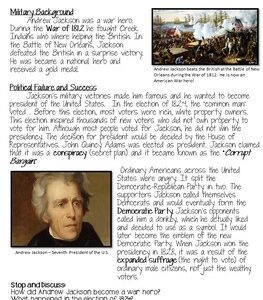
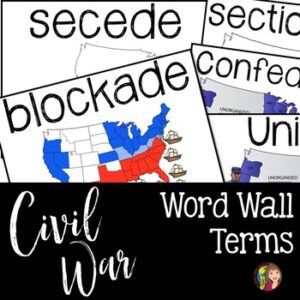
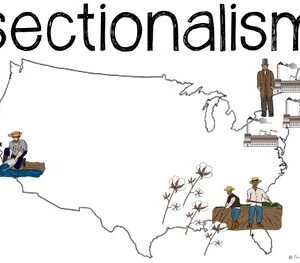


Reviews
There are no reviews yet.